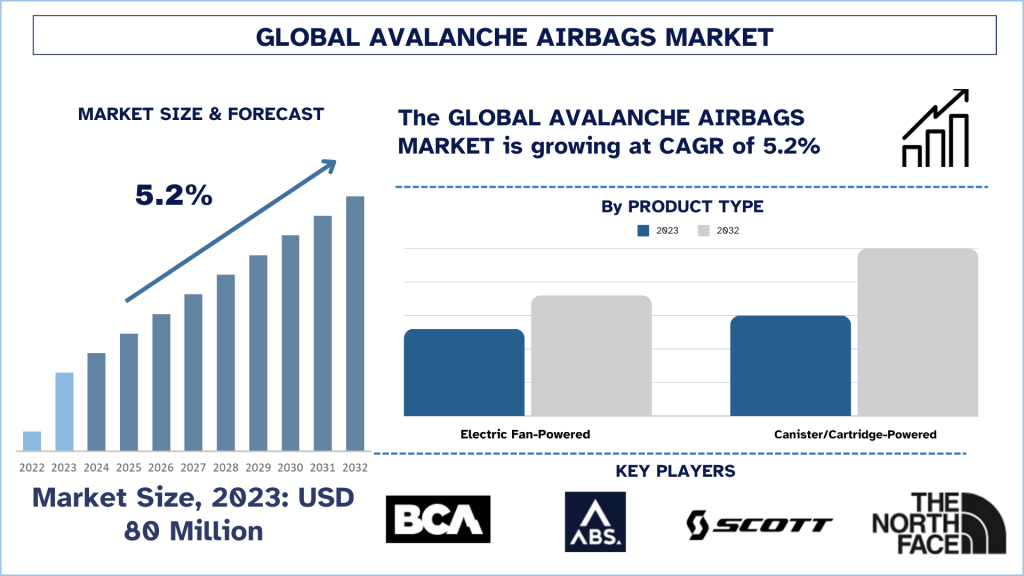Common Issues in Rapid Mixer Granulator and How to Fix Them

A Rapid Mixer Granulator (RMG) is an essential piece of equipment in pharmaceutical and chemical industries for granulation—a process that transforms fine powder into granules. While RMGs improve product uniformity, enhance flow properties, and ensure better compressibility, they also encounter common operational issues that can affect efficiency and product quality. Understanding these issues and knowing how to resolve them can help maintain optimal performance. This article explores the most common problems faced in RMG operations and practical solutions to address them.
1. Uneven Granulation
Issue:
One of the most frequent problems in RMGs is uneven granulation, where the granules produced vary significantly in size. This issue affects tablet compression and final product consistency.
Causes:
-
Incorrect mixing time or speed
-
Inconsistent binder addition
-
Poor chopper or impeller function
-
Overloading or underloading the RMG
Solution:
-
Ensure the mixing speed and time are optimized according to the formulation.
-
Add the binder solution gradually to avoid wet lumps or dry spots.
-
Regularly check the impeller and chopper blades for wear and tear.
-
Maintain an optimal load capacity, as overloading can lead to poor mixing and underloading can result in inefficient granulation.
2. Sticking or Clogging of Material
Issue:
Material sticking to the impeller, chopper, or the RMG walls can cause inefficiencies in the granulation process.
Causes:
-
Excessive moisture content
-
High-speed mixing without proper binder distribution
-
Poor surface finish of the RMG bowl
Solution:
-
Optimize the binder concentration to prevent excess moisture.
-
Adjust mixing speed to ensure proper distribution of liquid.
-
Use RMGs with coated or polished surfaces to minimize sticking.
-
Conduct regular cleaning to prevent material buildup.
3. Overheating of the Granules
Issue:
Excessive heat during granulation can lead to Rapid Mixer Granulator affecting the stability and quality of the product.
Causes:
-
Extended mixing times at high speeds
-
High friction due to worn-out impeller/chopper blades
-
Poor ventilation or inadequate cooling system
Solution:
-
Use lower mixing speeds and shorter granulation times to reduce heat generation.
-
Inspect and replace worn-out blades to decrease friction.
-
Ensure the RMG has a functional cooling system to regulate temperature.
4. Inadequate Granule Strength
Issue:
Weak granules can result in high friability, making them prone to breaking during tablet compression.
Causes:
-
Insufficient binder or improper binder selection
-
Low impeller speed leading to poor granule compaction
-
Poor powder mixing before granulation
Solution:
-
Increase the binder concentration while ensuring it does not cause excessive moisture.
-
Adjust the impeller speed to achieve better granule bonding.
-
Pre-blend the powder ingredients properly to ensure uniform distribution.
5. Excessive Dust Formation
Issue:
Too much dust in the RMG can lead to material loss, contamination, and operator safety risks.
Causes:
-
Poor sealing of the RMG lid
-
High-speed mixing without proper humidity control
-
Excessively dry formulation
Solution:
-
Check and seal the lid properly to prevent powder escape.
-
Maintain a controlled humidity environment to reduce dust generation.
-
Add an appropriate amount of binder solution to achieve proper granule moisture content.
6. Chopper or Impeller Malfunction
Issue:
The impeller and chopper are critical for granule formation, and any malfunction can disrupt the process.
Causes:
-
Worn-out blades due to prolonged use
-
Motor or mechanical failures
-
Accumulated material buildup
Solution:
-
Perform regular maintenance and replace worn-out blades.
-
Ensure motor and drive systems are functioning properly.
-
Clean the machine thoroughly after each batch to prevent clogging and buildup.
7. High Energy Consumption
Issue:
Excessive energy consumption increases operational costs and affects sustainability.
Causes:
-
Running the RMG at unnecessarily high speeds
-
Poor machine maintenance causing inefficiencies
-
Using outdated technology
Solution:
-
Optimize the mixing speed and duration to avoid unnecessary power usage.
-
Maintain the RMG regularly to keep it running efficiently.
-
Upgrade to energy-efficient models if using older machinery.
8. Batch-to-Batch Variability
Issue:
Differences in granule properties between batches can lead to inconsistent product quality.
Causes:
-
Variations in raw material properties
-
Operator-dependent manual errors
-
Inconsistent process parameters
Solution:
-
Standardize raw material specifications to ensure consistency.
-
Automate the RMG process wherever possible to reduce human error.
-
Use validated process parameters for uniformity in each batch.
9. Difficulty in Cleaning and Validation
Issue:
Proper cleaning is crucial to prevent cross-contamination, but some RMGs are difficult to clean thoroughly.
Causes:
-
Complex machine design with hard-to-reach areas
-
Use of sticky materials that are difficult to remove
-
Lack of appropriate cleaning protocols
Solution:
-
Select RMG models with clean-in-place (CIP) systems.
-
Use non-stick coatings on the granulator surfaces.
-
Implement SOPs (Standard Operating Procedures) for cleaning and validation.
Final Thoughts
The Rapid Mixer Granulator is an indispensable tool for pharmaceutical and chemical industries, but operational challenges can hinder efficiency. By identifying and addressing these common issues—such as uneven granulation, material sticking, overheating, and energy inefficiencies—manufacturers can ensure optimal performance, consistent product quality, and reduced downtime. Regular maintenance, process optimization, and proper training for operators are key strategies to keep RMGs running smoothly.
By implementing these solutions, manufacturers can enhance productivity, reduce costs, and improve the overall efficiency of the granulation process.





